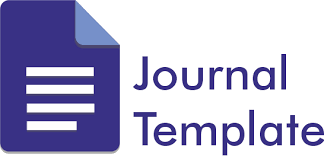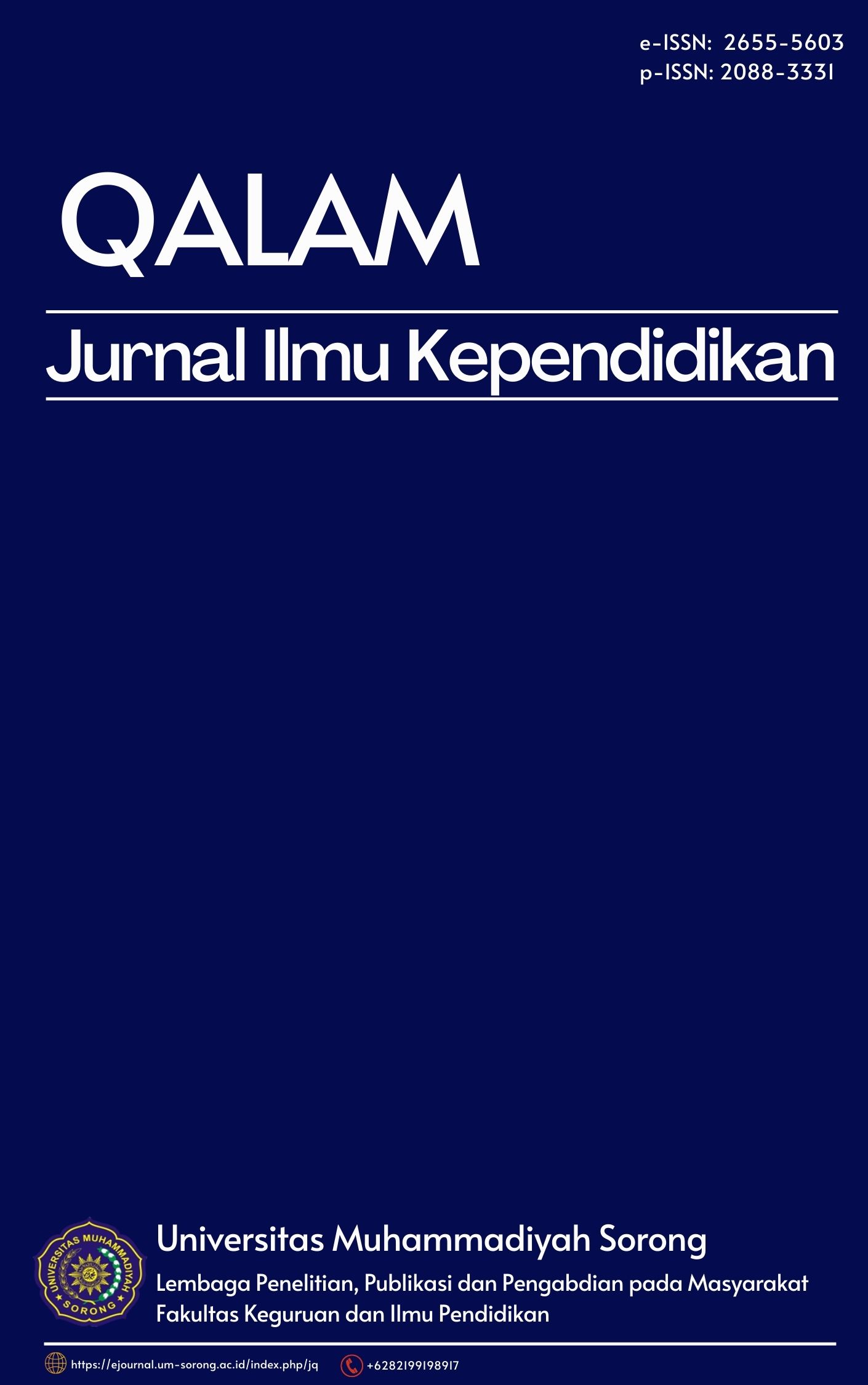Critical Evaluation of an ELT Coursebook in a Globalisation Context
DOI:
https://doi.org/10.33506/jq.v10i1.1475Keywords:
ELT coursebook, globalisation context, positive and negative consequencesAbstract
The purpose of this study is to discuss what has made an English Coursebook and outline the positive and negative consequences of globalisation on English Language Teaching (ELT). This study adopts the framework of globalisation context proposed by Block and Cameron. The data in this study cover all the coursebook content that show positives and negatives consequences, with total 13 examples in 116 pages. The findings show that there are several beneficial impacts of using this coursebook as it succeeds in covering the local culture. This study shows 10 examples that cover positive consequences in this coursebook. However, this coursebook also has several negative consequences. It lacks integration with international culture, of which it contains only two examples. However, the positive outweighs the drawbacks.
References
Acklam, R., 1994. The role of the coursebook. Practical English Teaching, 14(3), pp.12-14.
Block, D. and Cameron, D. eds., 2002. Globalization and language teaching. New York: Routledge.
Burns, A. and Coffin, C., 2013. Analyzing English in a global context: A reader. New York: Routledge.
Byram, M., 1991. Teaching culture and language: Towards an integrated model. Multilingual Matters, pp.17-17. Clevedon, England: Multilingual Matters.
Byram, M. 2008. From foreign language education to education to intercultural citizenship: Essays and reflections. Clevedon: Multilingual Matters
Buttjes, D. and Byram, M. eds., 1991. Mediating languages and cultures: Towards an intercultural theory of foreign language education (Vol. 60). Clevedon, England: Multilingual Matters.
Celik, S. and ERBAY, Åž., 2013. Cultural Perspectives of Turkish ELT Coursebooks: Do Standardized Teaching Texts Incorporate Intercultural Features?. Education & Science/Egitim ve Bilim, 38(167).
Cortazzi, M., & Jin, L. (1999). Cultural Mirrors: Materials and Methods in the EFL Classroom . In E. Hinkel (ed.), Culture in Second Language Teaching (pp. 196-219). Cambridge: Cambridge University Press.
Crystal, D. (2003). English as a global language. Cambridge: Cambridge University Press.
Ena, O. T. (2013). Visual Analysis of E-Textbooks for Senior High School in Indonesia. Dissertations. Paper 513. Chicago: Loyola University.
Georgieva, M., and James, A. 2010. Globalization in English Studies. Newcastle: Cambridge Scholars Publishing
Graddol, D., 1997. The Future of English? A guide to forecasting the popularity of the English Language in the 21st century. London: British Council.
Kachru, B. B., & Nelson, C. L. (2001). World Englishes. In A. Burns, & C. Coffin (eds.), Analysing English in a Global Context (pp. 9-25). London: Routledge.
McKay, S. 2002. Teaching English as an international language. Oxford: Oxford University Press.
Naseem, S., Shah, S.K. and Tabassum, S., 2015. Evaluation of English textbook in Pakistan: A case study of punjab textbook for 9th class. European Journal of English Language and Literature Studies, 3(3), pp.24-42.
Nunan, D., 2003. Practical English language teaching. New York: McGraw-Hill/Contemporary.
Nomor, P.P.R.I., 32. tahun 2013 tentang perubahan atas Peraturan Pemerintah Nomor 19 tahun 2005 tentang Standar Nasional Pendidikan. Dokumen Negara.
Phillipson, R. 1992. Linguistic Imperialism. Oxford: Oxford University Press.
Richards, J., J. Platt, and H. Weber 1985. Longman Dictionary of Applied Linguistics. Harlow: Longman.
Richards, J.C. and Schmidt, R.W., 2002. Longman dictionary of language teaching and applied linguistics third editon. New York: Routledge.
Su, Y.C., 2016. The international status of English for intercultural understanding in Taiwan's high school EFL textbooks. Asia Pacific Journal of Education, 36(3), pp.390-408.
Wandel, R. 2002. Teaching India in the EFL-classroom: A cultural or intercultural approach. Language, Culture and Curriculum, 15, 264-272.
Downloads
Published
How to Cite
Issue
Section
License
The article copyright is owned by the author and Qalam: Jurnal Ilmu Kependidikan

This work is licensed under a Creative Commons Attribution-ShareAlike 4.0 International License.




